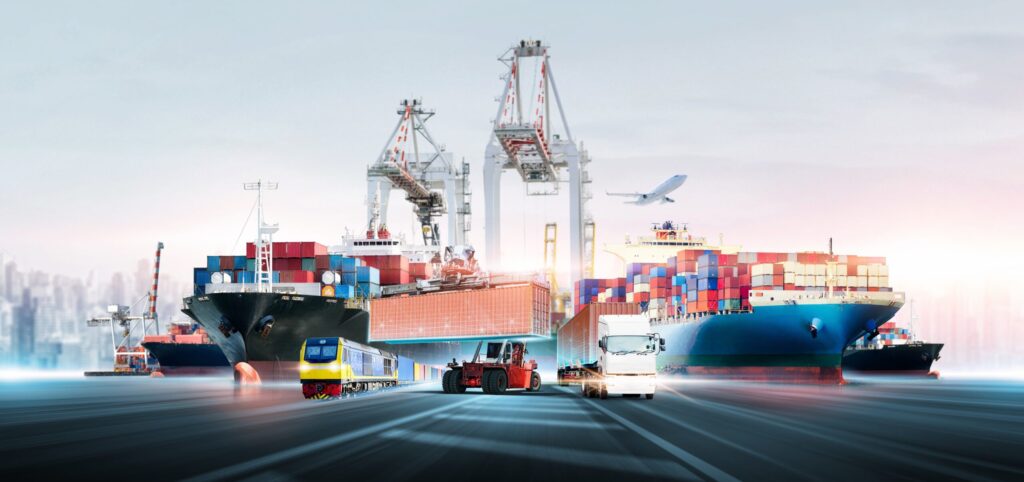As the U.S. prepares to implement 25% tariffs on Mexican imports, businesses are racing to mitigate the fallout. The Q1 2025 Cross-Border Index from Redwood Logistics highlights the mounting pressure on supply chains, with border congestion, shifting trade policies, and retaliatory measures creating widespread uncertainty.
Read also: Leveraging Cross-Border Growth: Navigating US-Mexico Surge Activity with Strategic 3PL Expertise
Immediate Trade Impacts
Shippers have rushed to move goods ahead of the March 1 deadline, straining capacity and causing delays at key crossings. Wait times have soared beyond an hour at the World Trade Bridge and nearly two hours at the Ysleta-Zaragoza Bridge. Though a temporary agreement between President Trump and Mexican President Claudia Sheinbaum has delayed implementation by a month, long-term disruptions remain a critical concern.
“One of our customers is already planning to shift 25% of its Mexican operations back to the U.S.,” said Jordan Dewart, President of Redwood Mexico. “But for many companies, nearshoring comes with significant logistical and financial hurdles.”
Key Challenges and Trends
- Supply Chain Bottlenecks – Businesses are front-loading shipments to bypass tariff costs, fueling congestion at major crossings.
- Retaliatory Measures – Mexico and Canada have signaled potential tariffs and boycotts on U.S. goods, creating further trade instability.
- Operational Constraints – Many companies remain locked into existing contracts with Mexican manufacturers, complicating relocation efforts.
- Carrier & Visa Concerns – About 35% of cross-border trucking relies on B1 visa holders, adding uncertainty amid shifting U.S. immigration policies.
- Security & Infrastructure Risks – Mexico’s recent system maintenance (Feb 8–15) and rising cargo theft incidents highlight the need for enhanced security and planning.
Strategic Responses
To counter disruptions, companies are turning to foreign trade zones to delay tariff payments, but these zones are rapidly reaching capacity. Others are relocating production to duty-free regions, though doing so requires significant adjustments to supply chain networks.
Technology is also playing a crucial role, with businesses integrating digital tools to track tariff-related costs and optimize operations. “With the right 4PL partner, companies can navigate these challenges while maintaining financial stability,” added Dewart.
Looking Ahead
Redwood Logistics is working with global businesses to implement contingency strategies, from sourcing alternative suppliers to reconfiguring distribution networks.
“During the last tariff cycle, Redwood helped companies weather the storm—and in 2025, we’re once again turning disruption into opportunity,” Dewart concluded.

